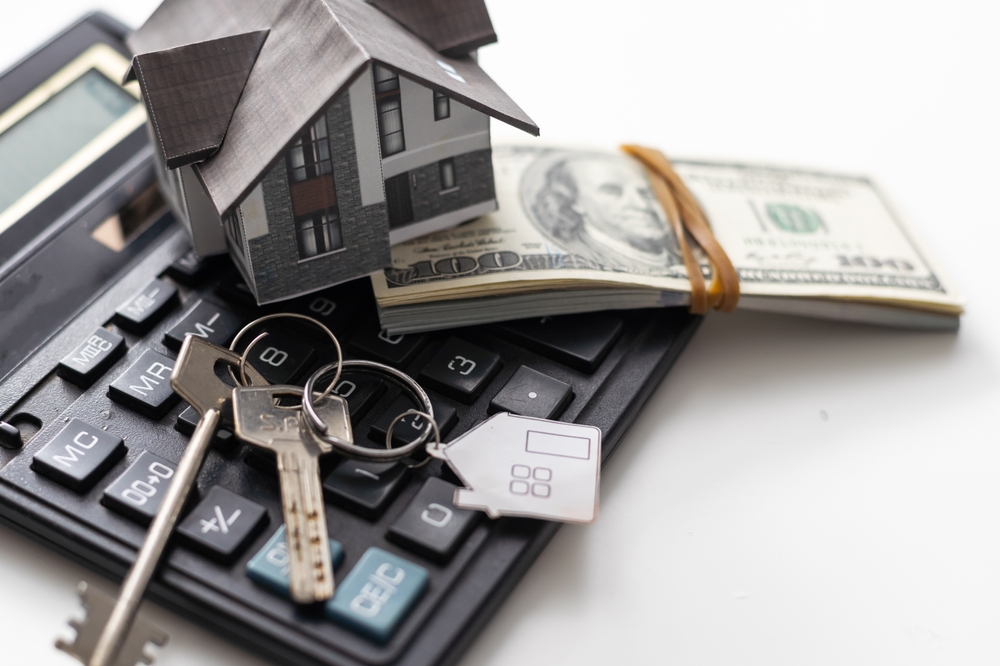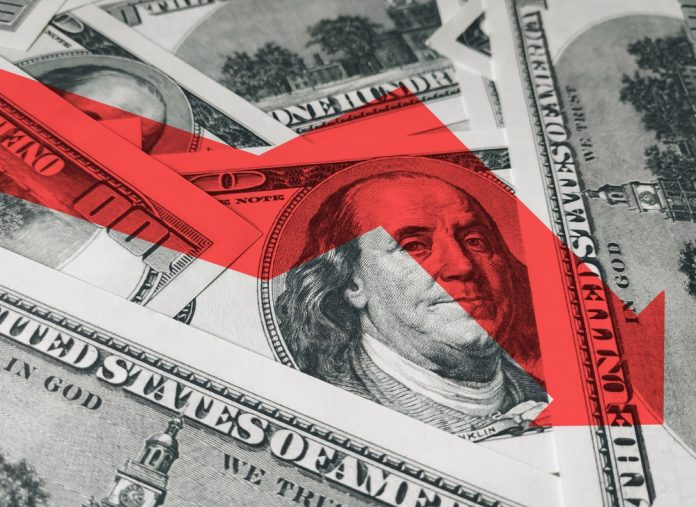If you’re in the market for a home, you’ve likely noticed how even small changes in mortgage interest rates can make a big difference in your monthly payment. And if you’ve been talking to a real estate agent or lender, you’ve probably heard the term “interest rate buydown.” But what exactly does that mean—and more importantly, is it something you should consider?
An interest rate buydown is a financing tool that allows buyers (or sometimes sellers or builders) to pay money upfront to lower the mortgage interest rate. This can result in lower monthly payments either for a few years or for the life of the loan, depending on the structure. In the right situation, a buydown can be a powerful way to make homeownership more affordable—especially when rates are higher than you’d like.
Let’s break down how buydowns work, the different types, their pros and cons, and how to decide if one makes sense for your situation.
Understanding the Basics: How Buydowns Work
At its core, a buydown is a financial strategy that involves paying points at closing to reduce the interest rate on a mortgage. One mortgage point typically equals 1% of your loan amount and usually lowers the interest rate by around 0.25%. So, if you’re taking out a $500,000 mortgage at 6.75%, paying one point ($5,000) might drop your rate to 6.5%.
But keep in mind—this isn’t a hard and fast rule. Lenders set their own pricing, and the rate reduction per point can vary. That’s why it’s crucial to have a conversation with your lender to understand exactly what kind of discount you’re getting for your money.
Also important: a buydown doesn’t always have to come out of the buyer’s pocket. In many cases, sellers or builders will offer a buydown as an incentive to help the buyer manage their mortgage payments—especially in a buyer’s market.
Types of Interest Rate Buydowns
There are two main types of buydowns: temporary and permanent. Understanding the difference is key to figuring out which one, if any, might work for you.
Temporary Buydowns
A temporary buydown reduces your interest rate for the first few years of the mortgage before reverting back to the original rate. A common structure is the 2-1 buydown, where the interest rate is lowered by 2% the first year, 1% the second year, and returns to the full rate in the third year. There’s also the 3-2-1 buydown, which offers three years of stepped increases.
Temporary buydowns are often appealing to buyers who expect their income to rise in the near future or who simply want to ease into the financial responsibilities of owning a home. They’re also used frequently in new construction, where builders may offer them as part of a promotion.
Permanent Buydowns
With a permanent buydown, you (or someone on your behalf) pay points upfront to lock in a lower interest rate for the life of the loan. This option offers long-term savings and predictability, but it comes with a higher initial cost. The longer you plan to stay in the home, the more beneficial this option becomes.
Pros and Cons of Buydowns

Like most financial tools, buydowns have their upsides and downsides. Let’s break them down:
The Pros
-
Lower Monthly Payments: Whether temporary or permanent, a reduced interest rate means smaller mortgage payments.
-
Improved Loan Qualification: A lower payment may help you qualify for a larger loan amount, which can be useful in competitive housing markets.
-
Tax Deductibility: In some cases, the cost of mortgage points is tax-deductible—though this varies based on your situation, so consult with a tax advisor.
The Cons
-
Upfront Cost: Buydowns require cash at closing, and not everyone has the extra funds to make that happen—especially first-time buyers.
-
Long-Term Commitment: To fully benefit from a buydown, you often need to stay in the home for several years. If you sell or refinance too soon, you might not recover your upfront investment.
-
Not Always Offered: Not every lender offers buydown programs, and the availability can depend on market conditions, loan type, and other factors.
When a Buydown Makes Sense
A buydown can be a smart move—but it’s not the right strategy for everyone. Here are a few situations where a buydown might make sense:
-
You’re buying in a high interest rate environment and want to reduce your payments until rates drop and you can refinance.
-
You’re working with a builder or seller who offers a buydown as part of a buyer incentive package.
-
You plan to stay in the home long-term, especially with a permanent buydown where the savings add up over time.
-
You expect your income to grow, making a temporary buydown an appealing way to ease into a larger payment later.
The key is understanding your long-term plans, your available cash at closing, and how a buydown fits into your overall financial picture.
Talking to the Right People

While buydowns can seem straightforward, they often involve complex calculations and fine print that vary from one loan or lender to another. That’s why it’s essential to work closely with your real estate agent and lender to explore all the options.
Your agent may be able to negotiate a buydown as part of your purchase agreement—particularly in markets where sellers are more motivated. Meanwhile, your lender can run the numbers and help you determine how much a buydown will cost, how long it will take to break even, and whether it makes financial sense based on your goals.
Final Thoughts
In today’s real estate market, affordability is top of mind—and every little bit helps. An interest rate buydown might be the strategy that makes your monthly mortgage payment fit your budget. Whether temporary or permanent, it’s a tool worth understanding and exploring.
But as with any financial decision, it’s not one-size-fits-all. If you’re curious about whether a buydown is the right fit for your home purchase, reach out to your real estate agent or lender. They can provide the personalized guidance you need to make the best choice for your situation—and help you take one more confident step toward homeownership.


